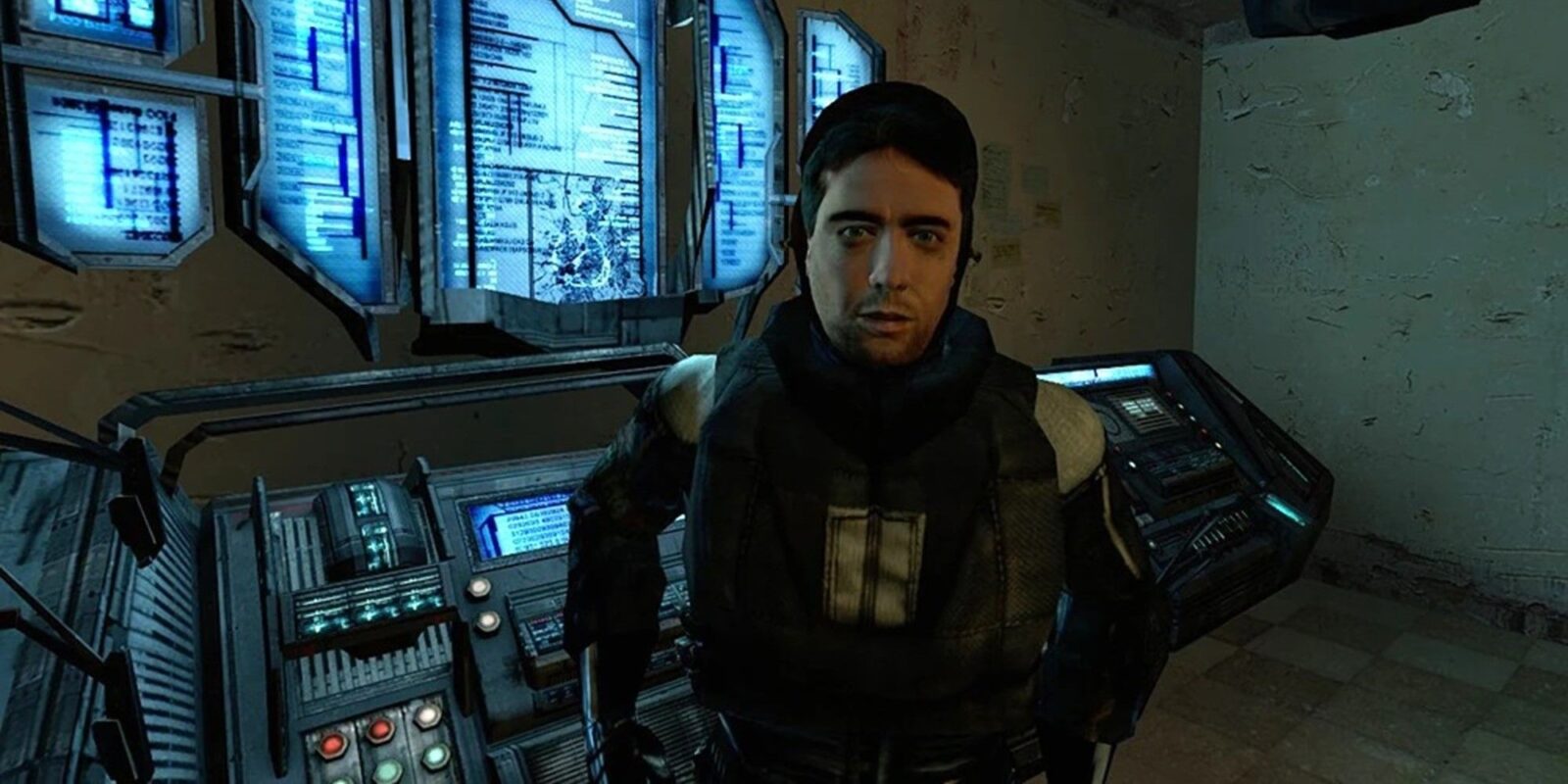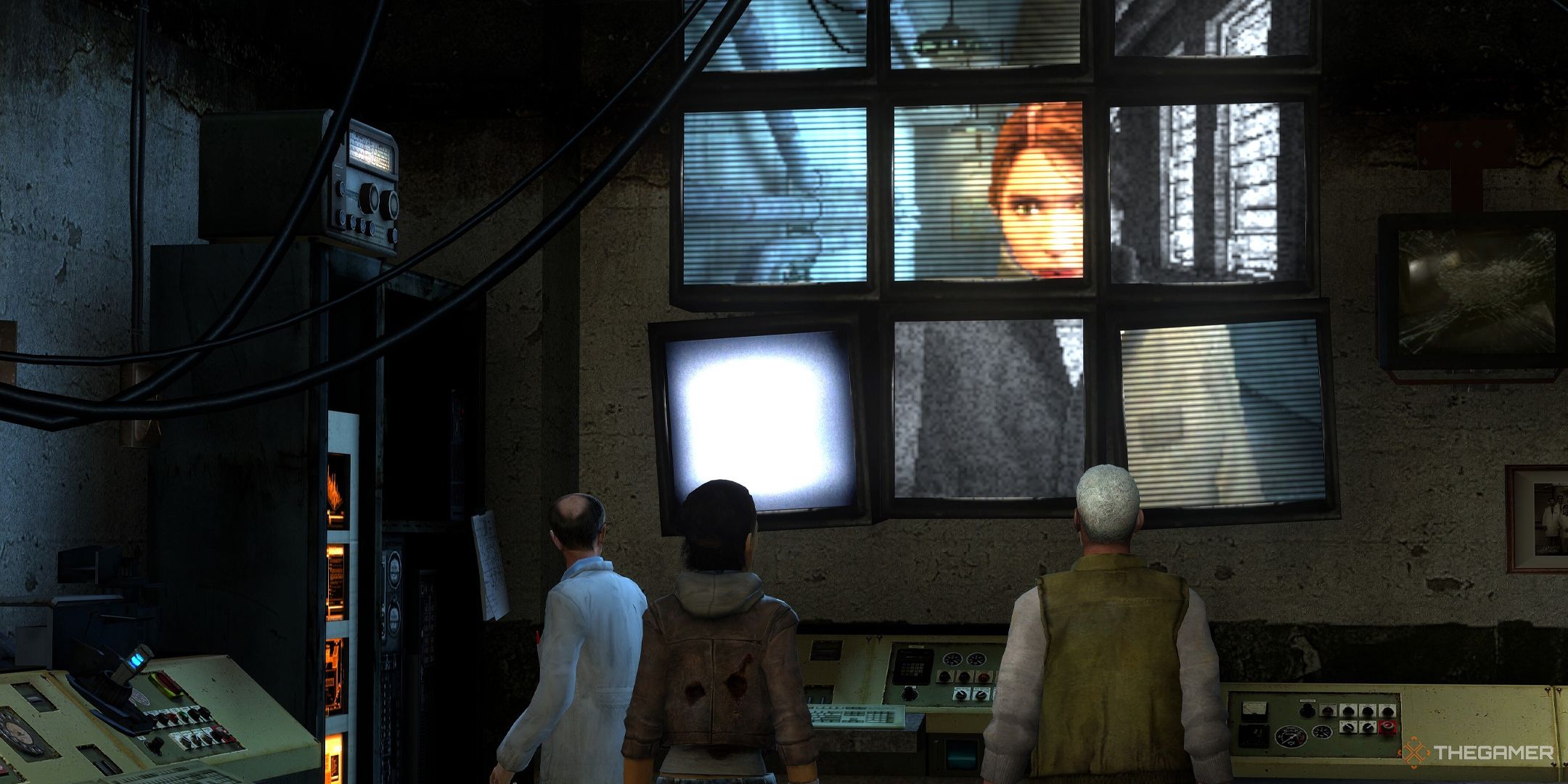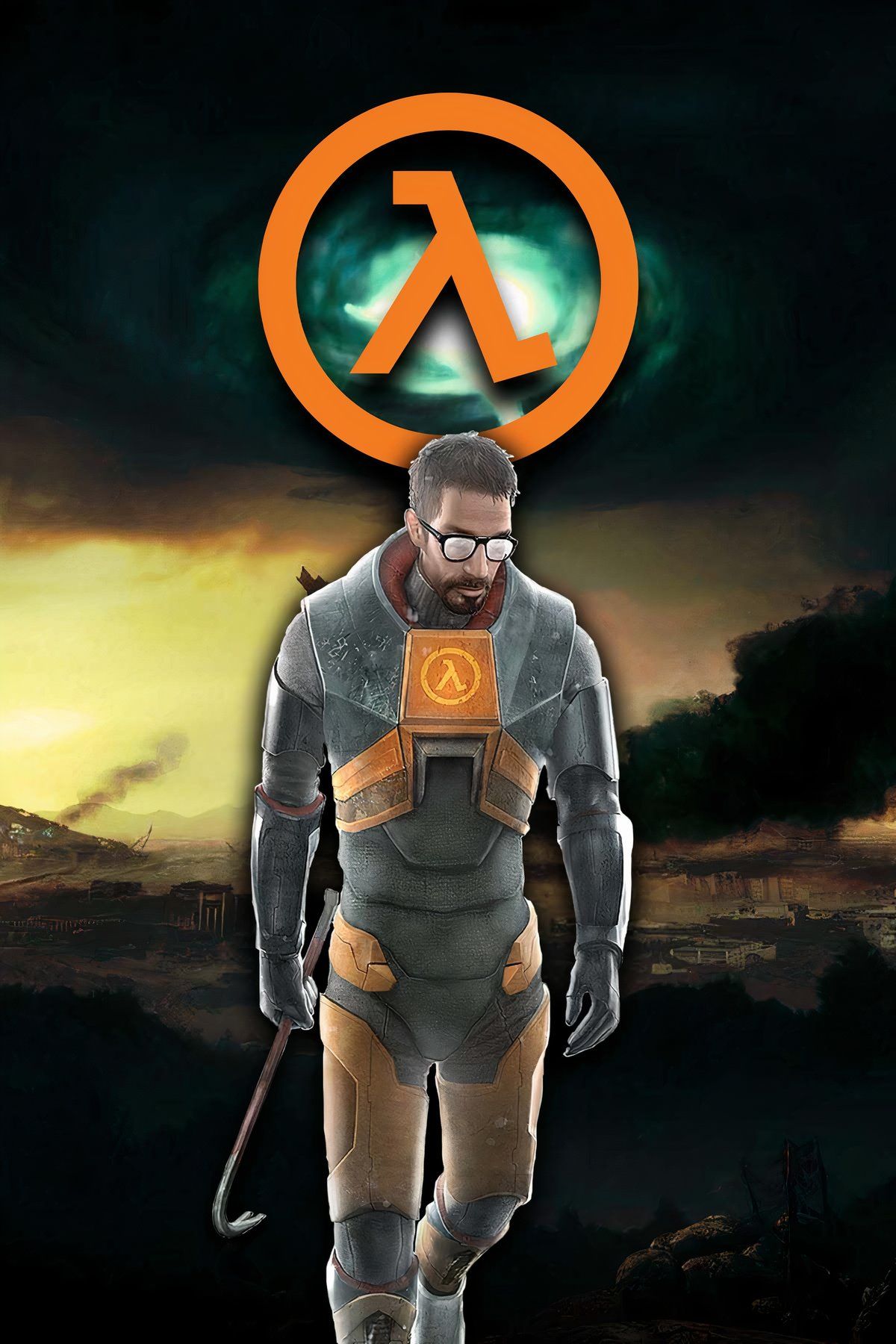Half-Life 3 has only ever existed in our imaginations, a formless idea shaped by the whims of a starved fanbase. Our notions of what the game could be are limitless. This is no doubt what Valve fears with every delay and cancellation, as each year that goes by only gives the sequel that much more to prove, and the community that much more room to speculate.
We’re seeing traces of those unrealistic expectations already, with fan-made mockups depicting a photorealistic Half-Life 3 almost indistinguishable from looking outside your window (to be fair, England is pretty apocalyptic). Meanwhile, fans panic that their computers won’t be able to handle the sequel, cruelly ending the nearly two-decade-long wait with an expensive crowbar-shaped gate.
I don’t doubt that HL3 will be a pioneer, but I’ll be surprised if you need a $3,000 supercomputer to run it.
Valve Is Pretty Good At Optimising
Without shareholders, and with Steam funnelling billions of dollars into the company every year, Valve is free to do whatever it wants, whenever it wants.
Devs can try their hand at finally cracking the Half-Life 3 enigma, cancel it when they get fed up, and join the Counter-Strike team. They can fuse MOBAs and hero shooters to create an entirely new genre, or experiment with VR hardware to create a hybrid co-op game. A lot of experimental new ideas leak every year, but they don’t always get released. That’s because there’s far less pressure to put out a finished product than at your typical studio.
As the ‘HLX’ leaks show, a lot of these cancelled projects help shape future games.
So, when a game does finally start to take shape, as is the case with HL3 right now, devs aren’t scrambling to announce it at an awards show and rush it out the door the next fiscal year. Valve instead begins rigorous internal playtesting, before inviting family and friends to help out. We saw this with Alyx, which was delayed by a year to undergo rewrites following feedback, and again with Deadlock.
HL3 appears to have gone through those playtests and survived without any major internal delays. So, before even being announced, Valve is instead spending months on polishing the game. As we’ve seen time and time again, that means the team is working to ensure that it can run on as wide a spectrum of hardware as possible, including lower-end rigs.
Just look at Alyx, one of the most gorgeous VR games on the market, which can be played on a 1060 card. I ran it on a beaten-up laptop just fine, despite struggling with most other modern games, and you’ll find a lot of people have similar stories from across Valve’s library. You can play CS2 on as little as a GTX 660 if you really want, and I vividly remember how next-gen Portal 2 felt even on my old Dell, which had long been worn thin by the time Glados woke up.
I get it, we’ve spent 18 years wondering what Half-Life 3 will look like, and while everyone’s ideas might differ, we’re all hoping for a generational game that will define the medium for the next decade, just as its predecessors did. But that’s not how things work any more. Next-gen leaps are now incremental steps, and graphics have been pushing up against the ceiling of what’s possible for nearly a decade. Half-Life 3 isn’t going to magically change that.
We’re already in the future, where photorealism is the norm and games look eerily lifelike. Your PC will be fine. Stop worrying, Half-Life 3 finally looks like it’s happening, and you won’t need an RTX 50 series to grab the crowbar and start swinging.















Leave a Reply